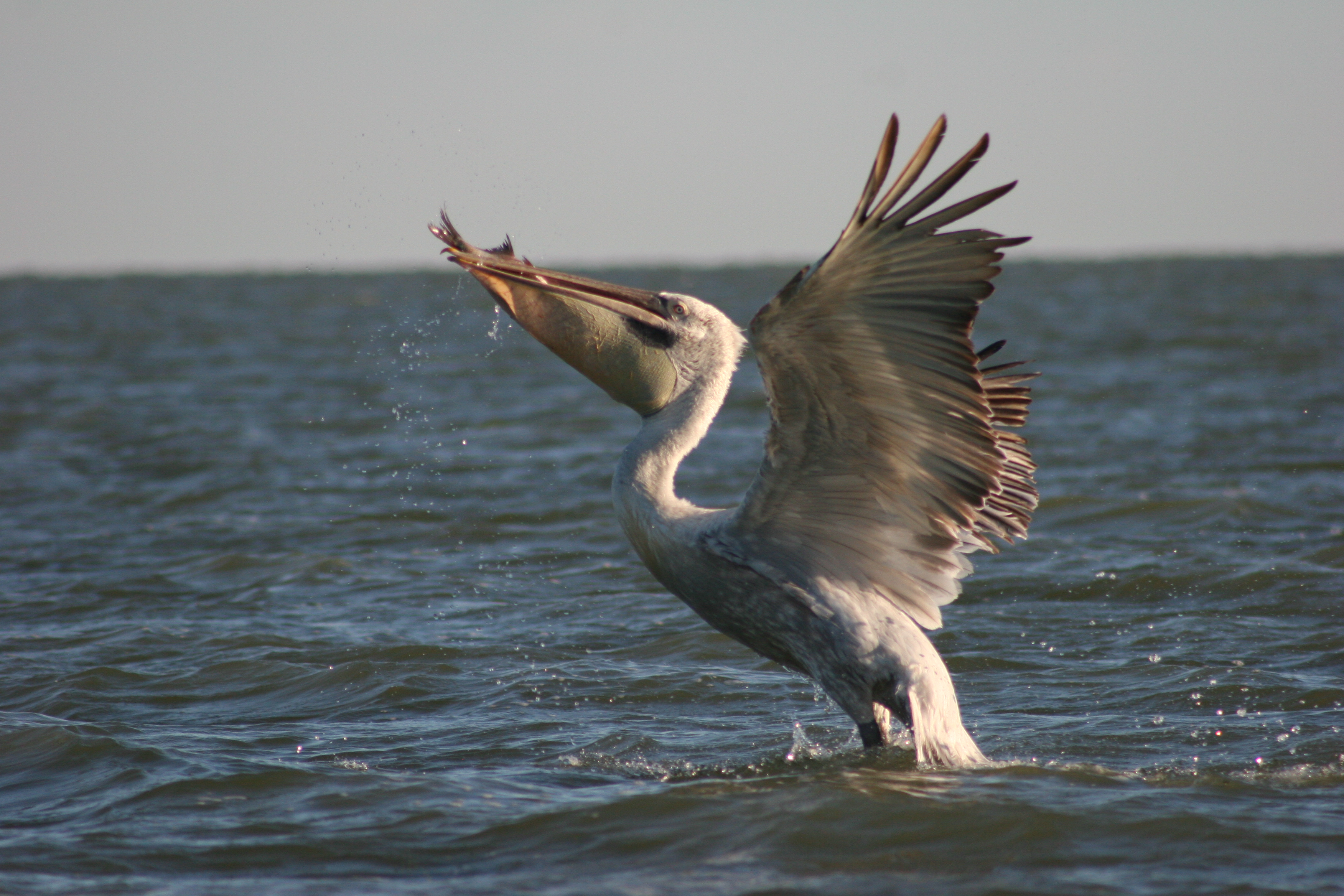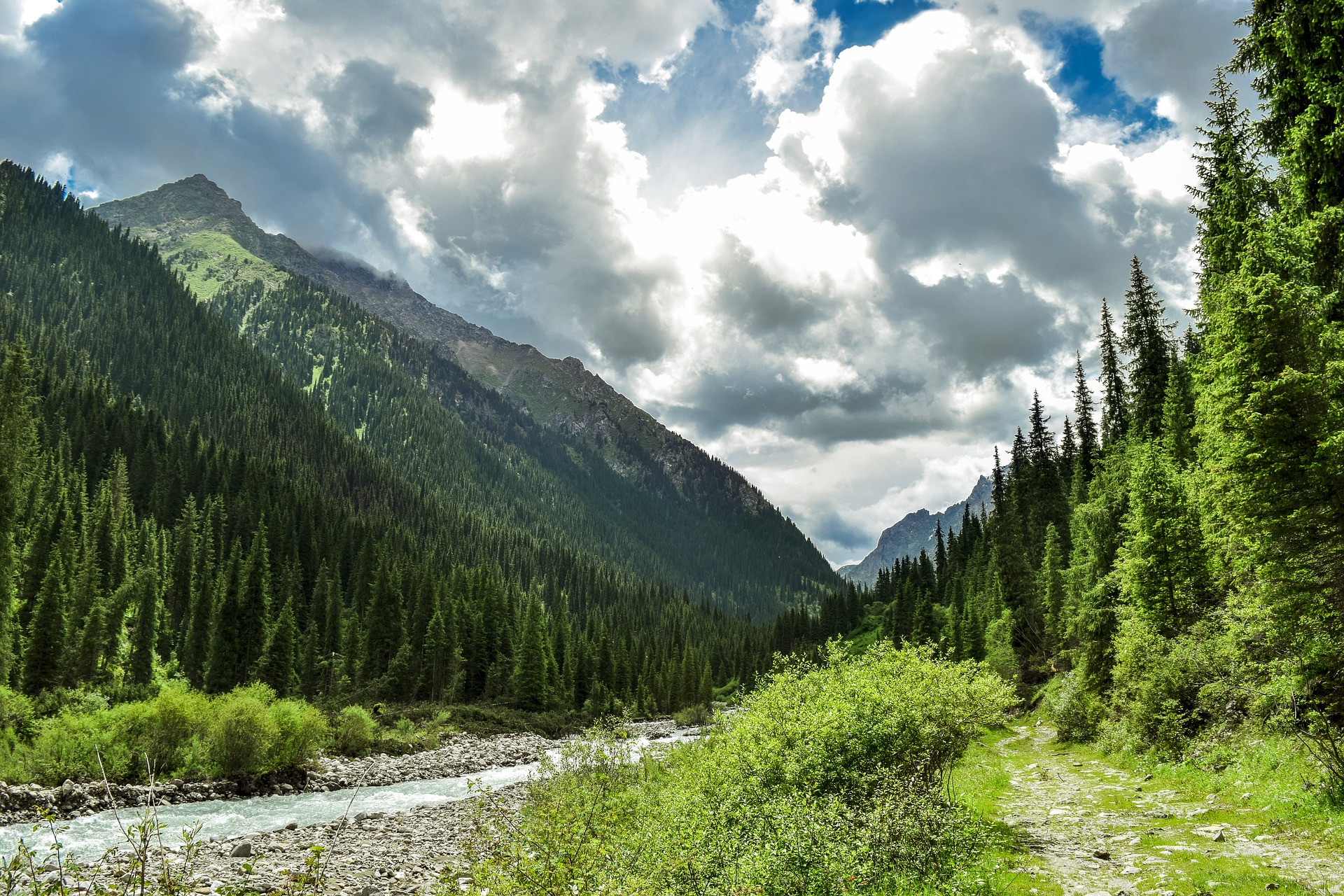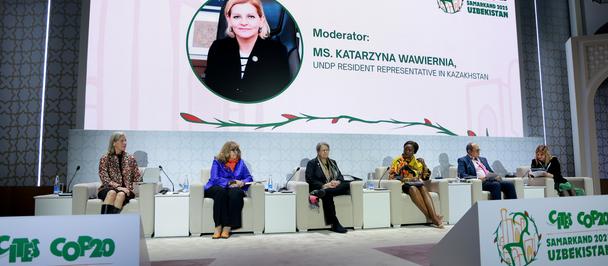Biological diversity is a world heritage, a vital necessity for the economic and social development of humanity. Conservation, replenishment and rational use of natural resources makes it possible to address a whole range of challenges in the field of climate change, drinking water scarcity, food security and sustainable development.
However, today, as never before, there is a great threat of the extinction of both individual species and entire ecosystems due to human activities. In order to attract due attention to the issues of conservation and sustainable use of biodiversity and the existing challenges in the field of nature conservation, the UN General Assembly declared 2011-2020 the United Nations Decade on Biodiversity, and countries, including Kazakhstan, are summing up their results this year.
For many years, the United Nations Development Programme (UNDP) has been a key partner of the Government of Kazakhstan in the issues of biodiversity conservation. Since 2004, with financial support from the Global Environment Facility, as well as through tied grants with the Government of Kazakhstan, UNDP has implemented 10 large-scale biodiversity conservation initiatives. The contribution to conservation of globally significant ecosystems of Kazakhstan amounted to more than US $ 29 million.
The natural resources of Kazakhstan are incredibly diverse: these are steppes and forests, deserts and mountain ranges with an impressive abundance of wildlife and vegetation. Today Kazakhstan has more than 13 thousand species of flora and more than 80 thousand species of fauna; however, more than 670 species of animals and plants require protection or are on the verge of extinction.
Implementing biodiversity conservation projects, UNDP helps protect this unique nature and the globally significant ecosystems of the country. With the support of UNDP, a significant contribution was made to conservation of the biological diversity of mountain, wetland, steppe and desert ecosystems; ecosystem approaches were introduced to the existing protected areas management (with a total area of 5.3 million hectares), which enable the conservation of rare and endangered species and the rational use of the country's biological resources.
UNDP initiated the creation of 8 new protected areas, the expansion of the territories of 3 existing protected areas and the creation of the nature reserves “Akzhayyk”, “Altyn-Dala” and “Ile-Balkhash” and the national parks “Buyratau”, “Zhongar Alatau” and “Tarbagatai”. For the first time in Kazakhstan, the Kapshagai-Balkhash and Kyrgyz-Torgai-Zhylanshyk ecological corridors were created on an area of 2.9 million hectares, which today provide an opportunity to protect the migration routes of rare wildlife species, such as goitred gazelles and saigas.
UNDP projects also demonstrated new approaches to landscape planning and sustainable ecosystem management by developing land zoning schemes; 40 pilot projects were implemented in the field of sustainable pasture management, irrigated agriculture, reforestation, fixation of drifting sands, development of commercial fisheries and ecotourism.
With the assistance of UNDP, active work is underway to form a state policy in the field of conservation, and rational use of biological diversity of Kazakhstan: the Concept for Conservation and Sustainable Use of the Biological Diversity of the Republic of Kazakhstan until 2030 has been prepared, which is a strategic document for the conservation and restoration of natural ecosystems, maintaining ecological balance and identifying patterns of natural development of natural complexes and their components.
Thanks to the expert support from UNDP, a number of significant amendments and legal norms were introduced into the country's legislation in the field of biological diversity, conservation and reproduction of wildlife and sustainable development of forestry and hunting. For example, the Law of the Republic of Kazakhstan “On Specially Protected Natural Areas” has introduced a provision on wetlands as an object of a nature reserve fund, it is proposed to create private, public and corporate funds in the field of biodiversity conservation; Forest and Water Codes of the Republic of Kazakhstan have introduced standards on forest ecosystem services and wetlands.
UNDP provided assistance in the accession of the Republic of Kazakhstan to the Ramsar and Bonn conventions; in 2018, with the participation of UNDP, the “6th National Report on Kazakhstan’s Biodiversity” was prepared and then approved by the Secretariat of the Convention on Biological Diversity.
Within the framework of biodiversity initiatives, UNDP also contributes to transformations in the communities living near protected areas, promoting the development of entrepreneurship, agriculture and ecotourism.
In the framework of cooperation between UNDP, Fund of Financial Support for Agriculture JSC and the Forestry and Wildlife Committee of the Ministry of Ecology, Geology and Natural Resources, the Eco-Damu Microcredit Program was developed as an innovative financial mechanism for biodiversity conservation. This program allows rural residents living near the protected areas obtain a loan with a low interest rate for the development of alternative activities.
Following the results of the implementation of the first stage of Eco-Damu totaling 275 million tenge, 83 business projects were funded, and more than 200 new jobs were created: guest houses were built, national handicrafts are regenerating, and the agricultural sector has received a new incentive for development.
Today, the UNDP biodiversity project portfolio implements initiatives in the field of the conservation of mountain forest ecosystems and their species, explores new opportunities for financing biodiversity, develops new mechanisms for mapping nature for people and planet, and assists Kazakhstan in fulfilling international obligations to reduce greenhouse gas emissions and combat climate change.

 Locations
Locations





